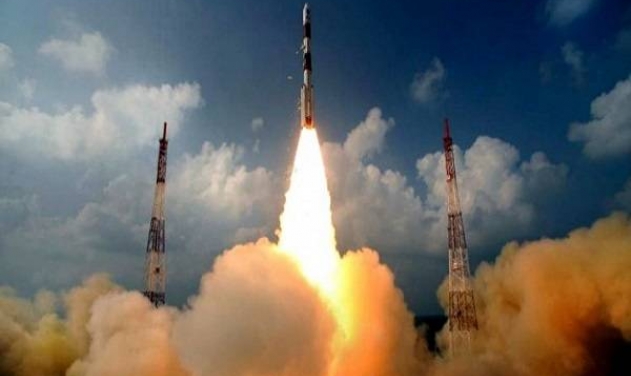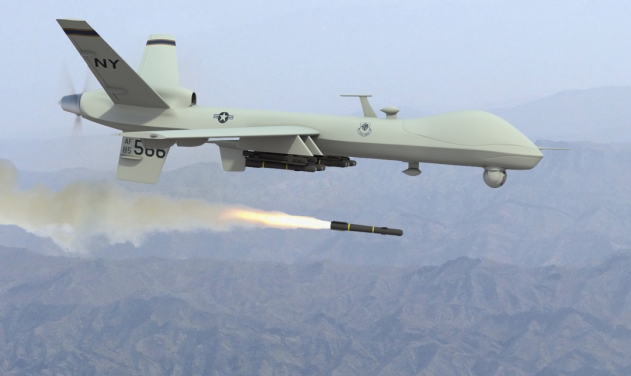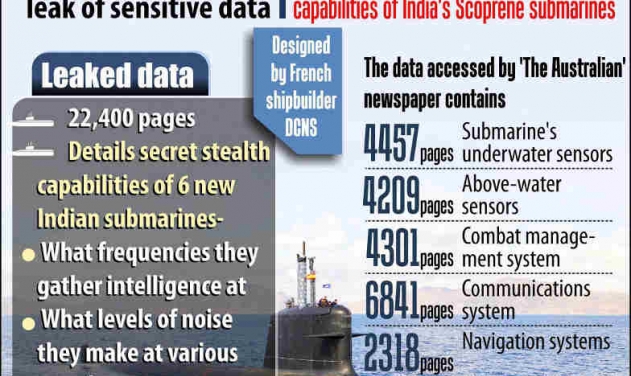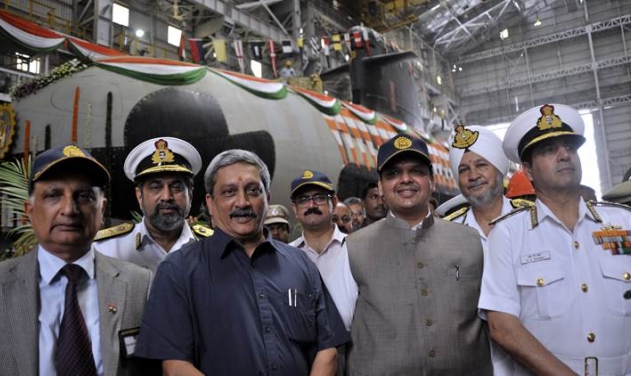ISRO Test Fires Scramjet Engine

India has test launched the advanced Technology Vehicle (ATV) with a solid booster carrying scramjet engines from the launch pad of the Sathish Dhawan Space Centre located in South India.
The two stage/engine RH-560 sounding rocket took off on Sunday morning from the rocket port of Sriharikota in Andhra Pradesh, various media reported Sunday.
The two air breathing engines were like hugging the rocket on its sides and normally when the rocket reaches a height of 11 km the scramjet engines would start breathing air, said a senior official of Indian Space Research Organisation (Isro).
Designed by ISRO, scramjet engine only uses hydrogen as fuel and the oxygen from the atmospheric air as the oxidiser. The scramjet engine, used only during the atmospheric phase of the rocket's flight, is beneficial in bringing down the launch cost by reducing the amount of oxidizer to be carried along with the fuel.
"With this flight, critical technologies such as ignition of air breathing engines at supersonic speed, holding the flame at supersonic speed, air intake mechanism and fuel injection systems have been successfully demonstrated," the official added.
The test flight was the maiden short duration experimental test of Isro's scramjet engine with a hypersonic flight at Mach 6. The rocket weighed 3,277 kg during lift-off.
Few technological challenges handled by Isro during the development of scramjet engine include the design and development of hypersonic engine air intake, the supersonic combustor, development of materials withstanding very high temperatures, computational tools to simulate hypersonic flow, ensuring performance and operability of the engine across a wide range of flight speeds, proper thermal management and ground testing of the engines, ISRO added.
India is the fourth country to demonstrate the flight testing of scramjet engine.












